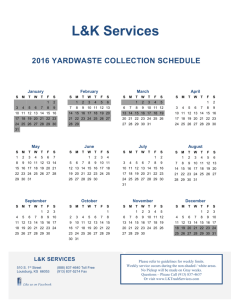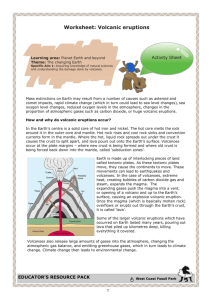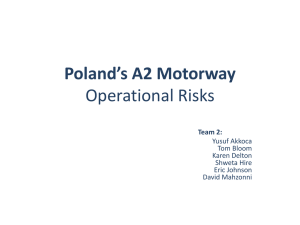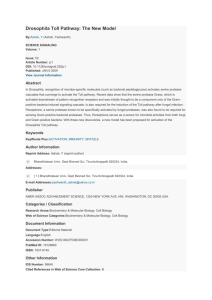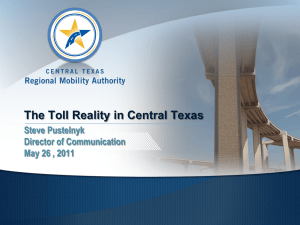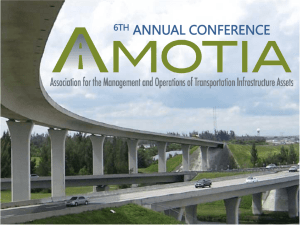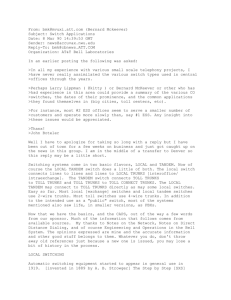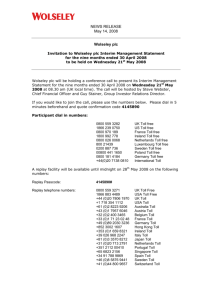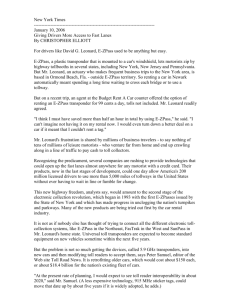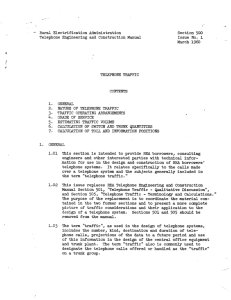abstract
advertisement
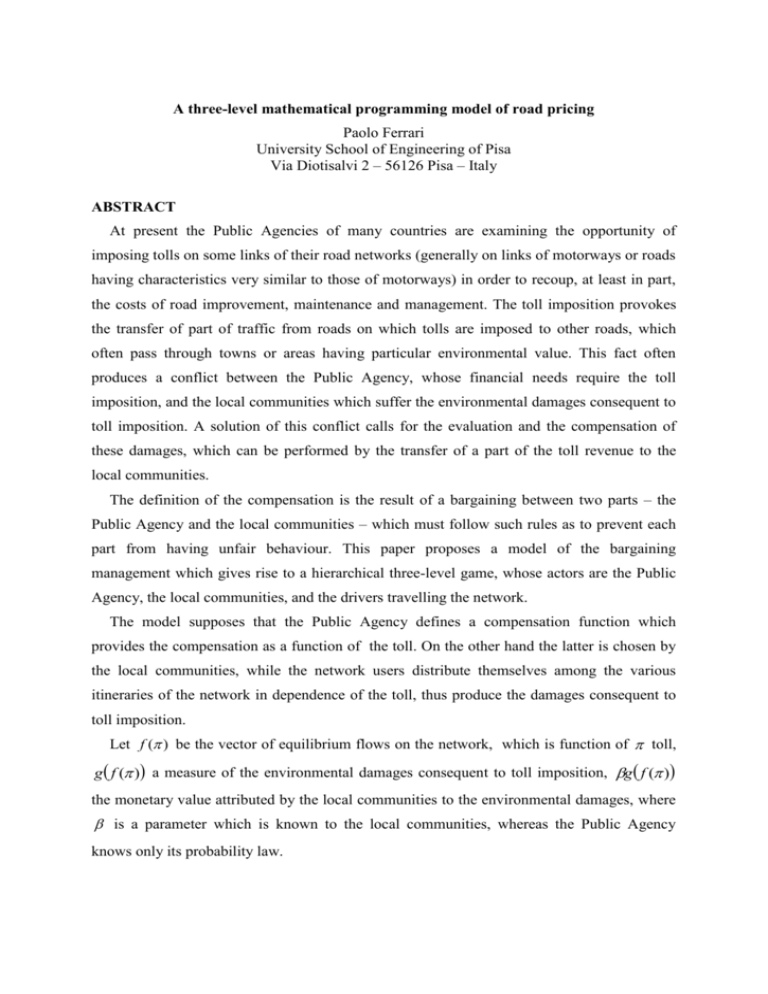
A three-level mathematical programming model of road pricing Paolo Ferrari University School of Engineering of Pisa Via Diotisalvi 2 – 56126 Pisa – Italy ABSTRACT At present the Public Agencies of many countries are examining the opportunity of imposing tolls on some links of their road networks (generally on links of motorways or roads having characteristics very similar to those of motorways) in order to recoup, at least in part, the costs of road improvement, maintenance and management. The toll imposition provokes the transfer of part of traffic from roads on which tolls are imposed to other roads, which often pass through towns or areas having particular environmental value. This fact often produces a conflict between the Public Agency, whose financial needs require the toll imposition, and the local communities which suffer the environmental damages consequent to toll imposition. A solution of this conflict calls for the evaluation and the compensation of these damages, which can be performed by the transfer of a part of the toll revenue to the local communities. The definition of the compensation is the result of a bargaining between two parts – the Public Agency and the local communities – which must follow such rules as to prevent each part from having unfair behaviour. This paper proposes a model of the bargaining management which gives rise to a hierarchical three-level game, whose actors are the Public Agency, the local communities, and the drivers travelling the network. The model supposes that the Public Agency defines a compensation function which provides the compensation as a function of the toll. On the other hand the latter is chosen by the local communities, while the network users distribute themselves among the various itineraries of the network in dependence of the toll, thus produce the damages consequent to toll imposition. Let f ( ) be the vector of equilibrium flows on the network, which is function of toll, g f ( ) a measure of the environmental damages consequent to toll imposition, g f ( ) the monetary value attributed by the local communities to the environmental damages, where is a parameter which is known to the local communities, whereas the Public Agency knows only its probability law. Let ( , ) the compensation paid by the Public Agency to the local communities: the paper supposes that it is a quadratic function of , whereas is a parameter vector defined Public Agency. Toll is function of , because it is chosen by the local by the communities in such a way that utility U consequent to the compensation, i.e. the difference between compensation ( , ) and the monetary value of damages g f ( ) , is maximised under the constraint U 0 . Since the Public Agency knows only the probability law of , it chooses the vector in such a way that the expected net toll revenue is maximised. Let I be the set of network links on which a toll per km is imposed, l i the length of link i I , f i ( ) the flow on link i I , R ( ), f ( ) ( ) f i ( )l i the toll revenue, f ( ) the probability density iI function of , 1 , 2 the interval on which f ( ) is defined. The Public Agency solves the following problem: max 2 1 R ( ), f ( ) , ( )f ( )d (1) where ( ) is implicitly defined as solution of the problem that faces the local communities: max U , , , g f ( ) ( , ) g f ( ) s.t. U 0 (2) where vector f ( ) is solution of the equilibrium variational inequality of the network, or of an equivalent minimisation problem if the cost functions are separable, when the toll per km on links i I is . Thus we deal with a three-level mathematical programming problem, for which this paper proposes a solution method based on a polinomial approximation of the equilibrium function f ( ) . The paper proves that the introduction of the compensation function ( , ) induces the local communities to reveal the true value of parameter , while it leads in its turn the Public Agency to choose a probability law of which represents its actual knowledge degree of the monetary value the local communities attribute to environmental damages. The paper presents an example of application of the model to a real case. 2
